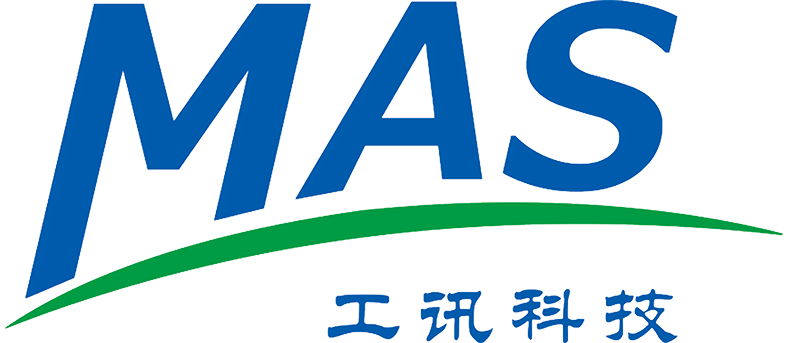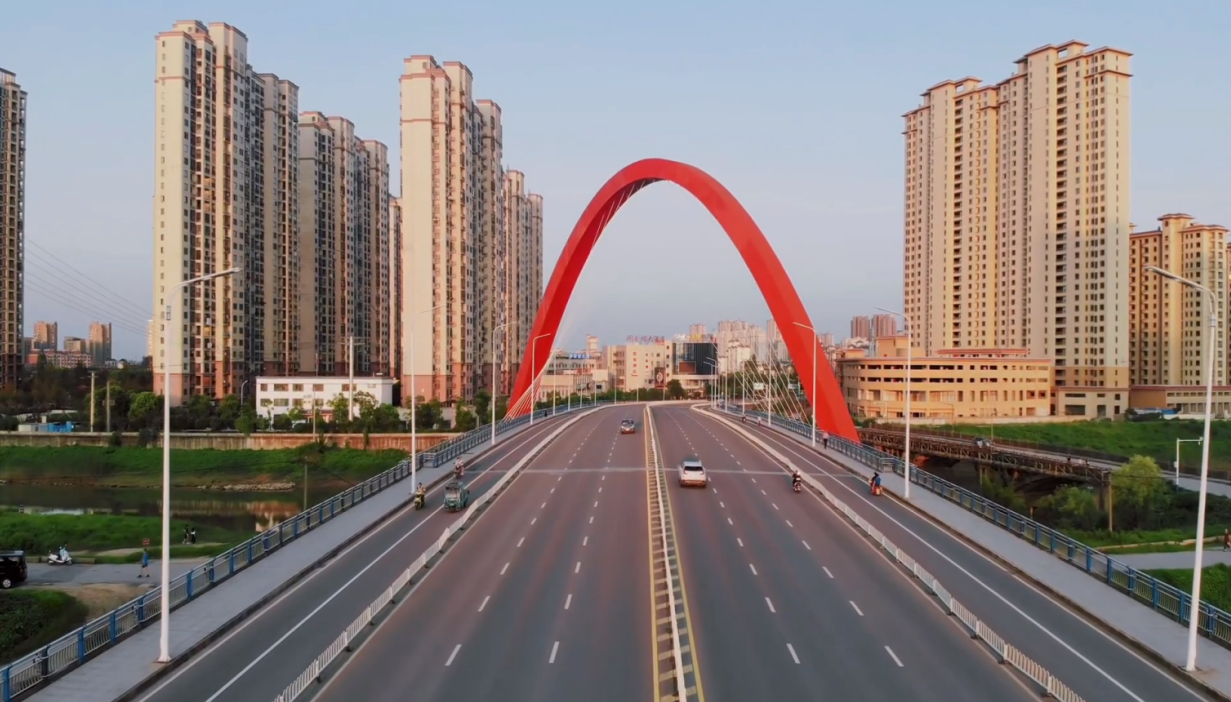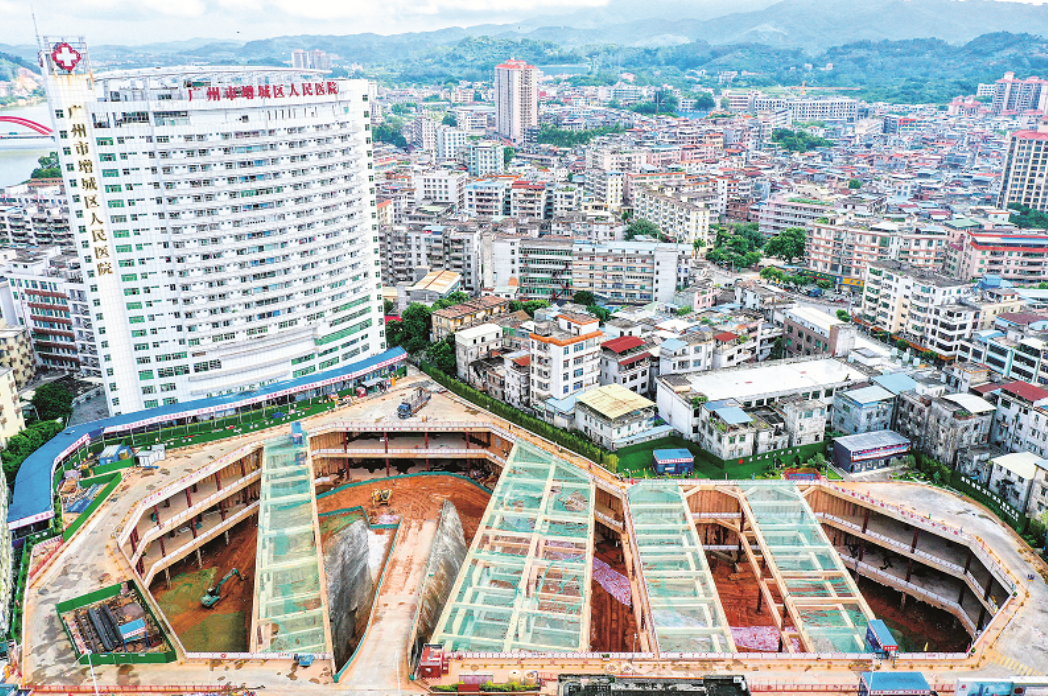
Deep Excavation
1. Monitoring Background
With the rapid development of cities, buildings are getting longer and taller, and the safety of the indispensable foundation pit projects has always been a matter of particular concern to the public. However, in recent years, there have been continuous accidents in foundation pit engineering, mainly manifested in the damage of retaining structures, collapse of foundation pits and large-scale landslides, cracking and collapse of roads around foundation pits, displacement and damage of adjacent underground facilities, cracking and collapse of nearby buildings (structures), etc., causing significant loss of life and property. According to statistical data, almost any foundation pit accident is directly related to poor detection or inaccurate hazard forecasting. If the foundation pit retaining structure can be effectively monitored for safety, the health status of the foundation pit retaining structure can be evaluated, and an early warning can be given before the disaster strikes, which will greatly reduce the occurrence of accidents.
For complex large and medium-sized projects or projects with strict environmental requirements, it is often difficult to learn from past experience or to find theoretical methods for quantitative analysis and prediction. Therefore, in order to ensure the stability of the foundation pit structure and timely understand the impact of groundwater levels, underground pipelines, underground facilities, and ground buildings during excavation and construction, it is very necessary to establish a (deep) foundation pit engineering safety monitoring system.
2. System Overview
Excavation of construction foundation pits is risky and difficult. A large amount of engineering practice experience and theoretical analysis show that there are many reasons for the occurrence of risks, including both internal and external factors. The complexity of the surrounding environment of construction (such as buildings, roads, underground pipelines, etc.) is one of the key external factors.
The main technical parameters of traditional testing are measured manually on-site using traditional instruments on a regular basis. The workload of safety testing is large and is affected by many factors such as weather, labor, and on-site conditions. There are certain systematic errors and human errors. At the same time, manual inspection also has shortcomings such as failure to detect various technical parameters in a timely manner and difficulty in timely grasping various safety technical indicators of the project, all of which affect the safety production and management level of the project.
The implementation of the automated monitoring system for foundation pit retaining structures and important buildings (structures) makes it easier for construction units and safety supervision departments to quickly grasp the latest developments in technical indicators closely related to project safety, and is conducive to timely grasping the operation and safety status of the project.

System Function
(1) Code for Design of Buildings (GB50352-2019);
(2) Code for Building Deformation Measurement (JGJ8-2016);
(3) Code for Engineering Survey (GB55018-2021);
(4) Technical Code for Monitoring of Building Foundation Pit Engineering (GB50497-2019);
(5) Code for Investigation of Geotechnical Engineering (GB50021-2009);
(6) Standard for Engineering Rock Mass Classification (GB50218-2014);
(12) Other relevant national or industrial norms and mandatory standards;
(13) Relevant construction design drawings of foundation pit.
Design Basis/Standards
Data acquisition and transmission function
The equipment of data acquisition and transmission system of our company mainly includes: data acquisition instrument, serial port server, A/D conversion equipment, transmission cable and wireless data transmission module. For each monitoring sub-item, the information collection and transmission node will be arranged according to the on-site environment of the structure, and the real-time data obtained by various parameter sensors will be uploaded to the central server host through the wireless data transmission module for data recording and analysis.
Reserved manual port for data collection and transmission
When manual monitoring is required, our company's data acquisition and transmission system still has a transmission port for manual portable acquisition instrument, which can collect data manually.
Data analysis function
The monitoring and analysis option is to organize the data collected and returned by all devices on site and display them in the system according to time. The system will self-diagnose the data to determine its validity, mainly by comparing the same group with historical data to see if it is a single mutation value. For effective data, the system will sort out and analyze the classification, and users can view and analyze the data they need.
Monitoring and early warning function
According to the different range of monitoring and control indicators, the early warning is divided into three levels for monitoring process management, and the monitoring data is compared with the three-level early warning value to determine the monitoring and early warning level of the site.
Information push function
Our online monitoring system works 24 hours a day without interruption. In case of abnormal conditions of structures, it will send early warning information to the user's mobile terminal. According to different alarm levels added by the user, the system will automatically send short messages according to the alarm level.
Report production function
The user can carry out to check out the data report export, after the user enters the system, you can download the data you need.





